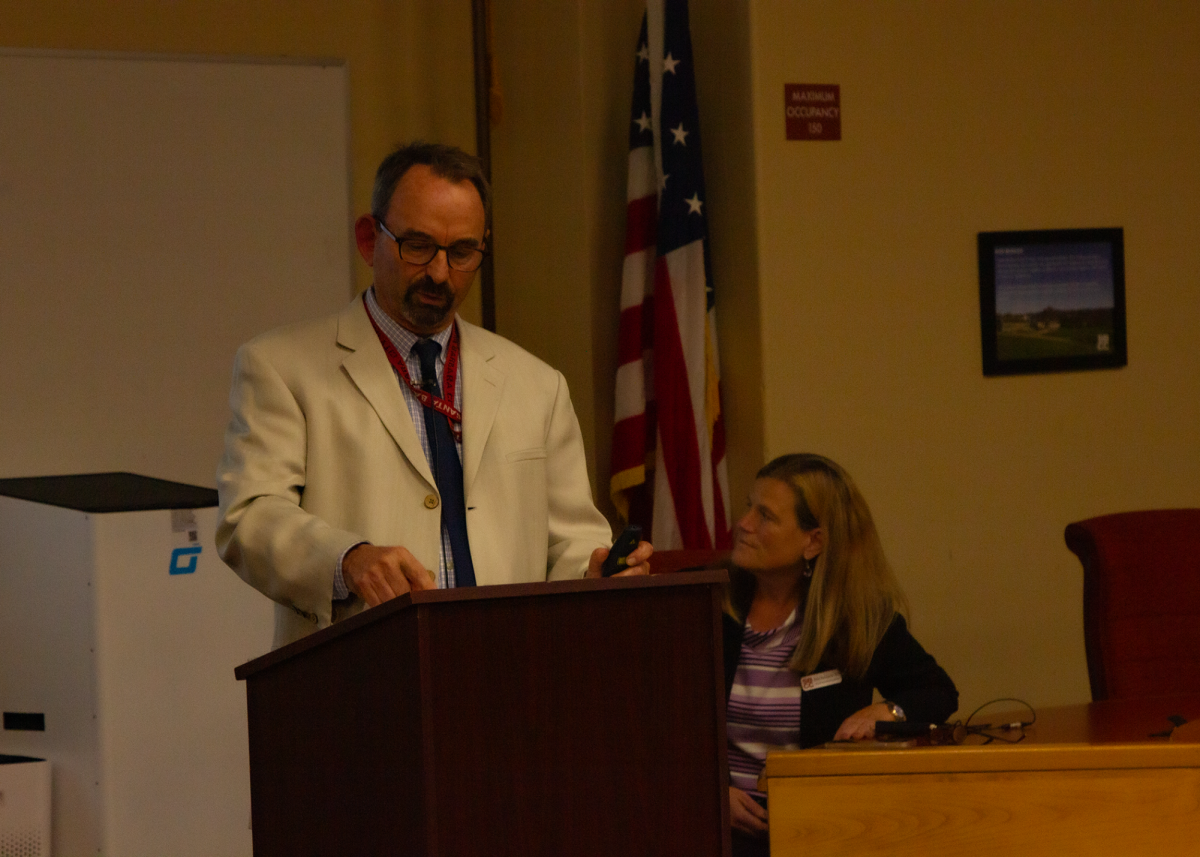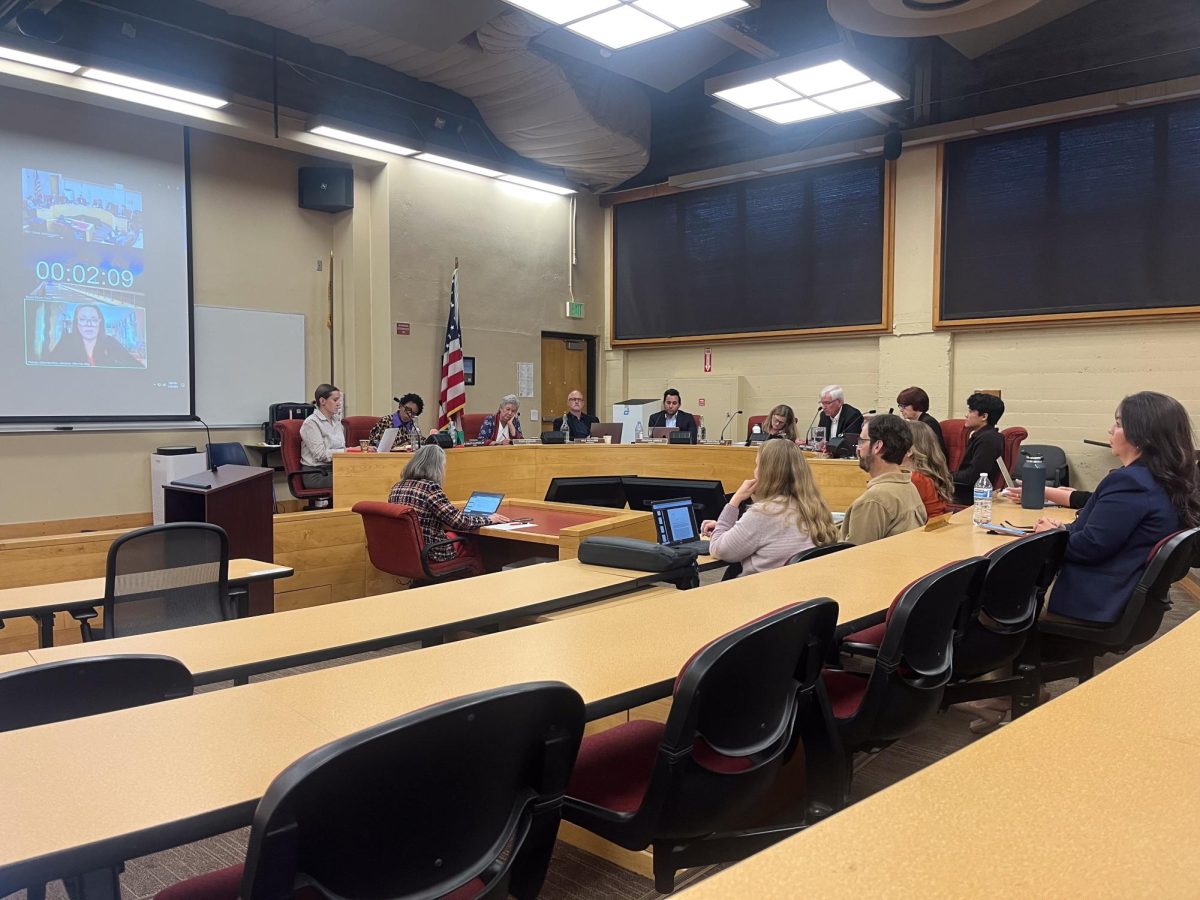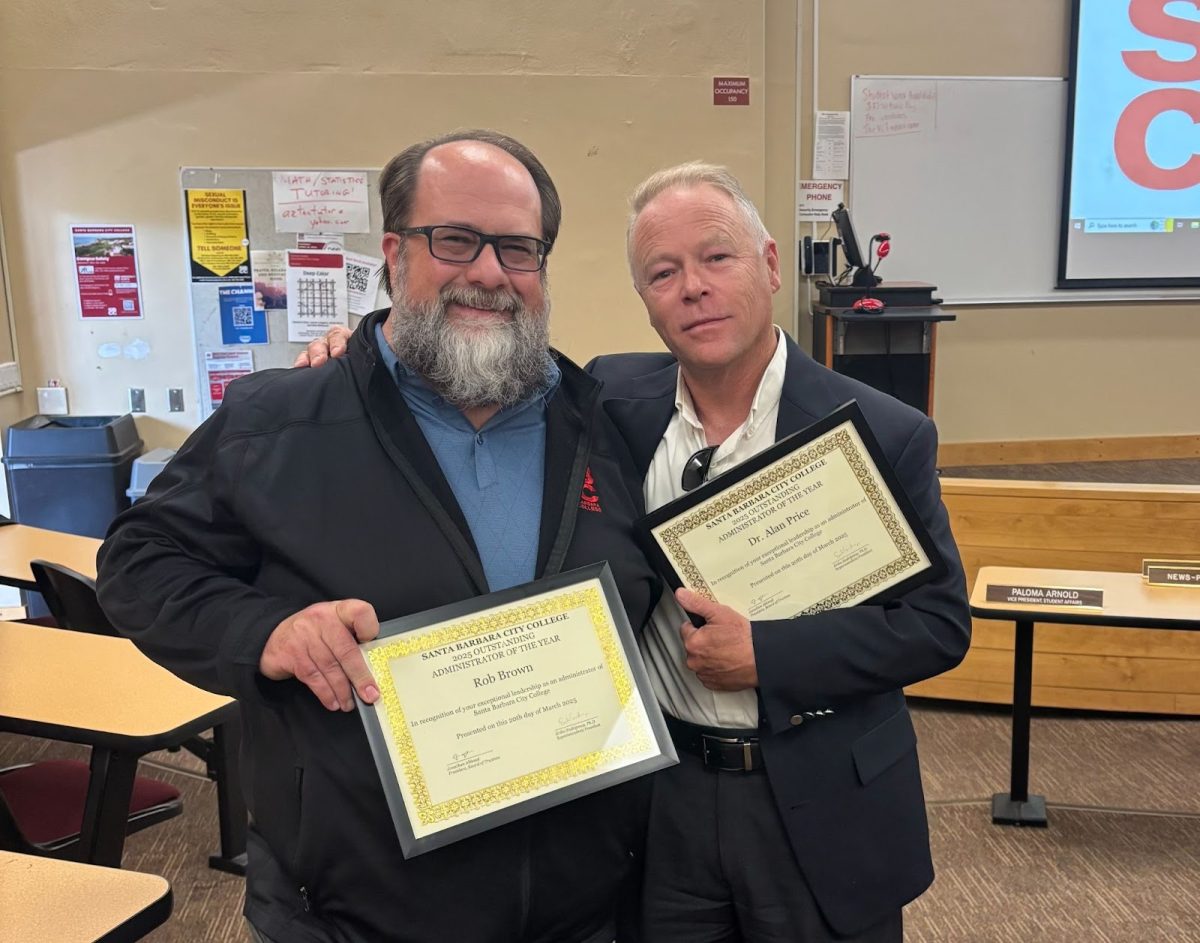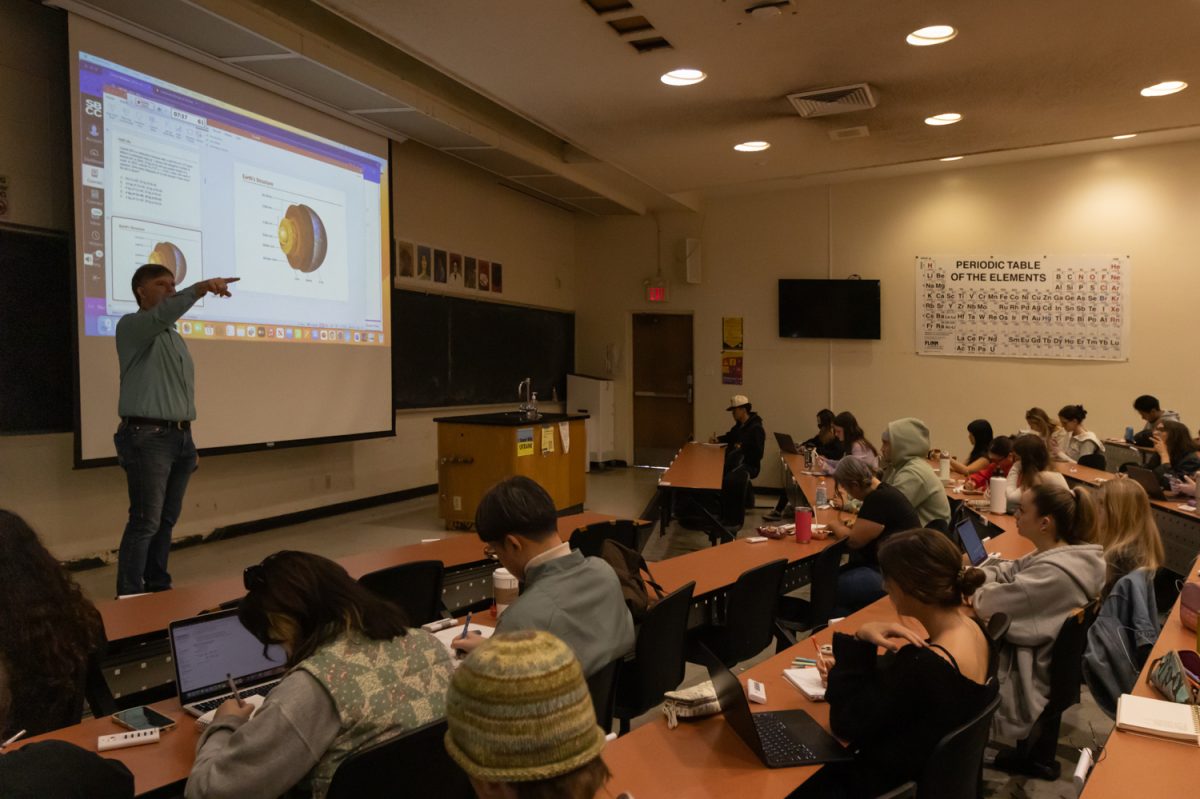In a budget forum held on Thursday, Sept. 21, Superintendent President Erika Endrijonas and Assistant Superintendent Brian Fahnestock informed attendees about City College’s grim budgetary outlook in the near future.
The meeting was intended to explain the means through which City College is funded, the legal guidelines surrounding funding, and the various reasons why City College must aim to decrease expenditures.
Fahnestock, who also acts as vice president of business services, termed the college’s current financial situation a “perfect storm.” Although the Board of Trustees had projected revenues of nearly $123 million during the 2023-2024 school year, actual revenues are more likely to add up to a little over $119 million as of late June. This decrease is due to the state of California decreasing the funding for its community colleges by $30 billion, and causing growing budgetary concerns to come to a head.
City College, like many schools, was able to build up its reserve of available money for its general fund during the COVID-19 pandemic, but continuing current spending patterns will quickly deplete that reserve.
“If you project out, and you don’t make any changes, we use all of our funds within a few years,” the assistant superintendent said.
Fahnestock discussed the various factors that created the college’s current predicament, including unrealistic expectations from various departments, a rash of maintenance that has been deferred for far too long, less enrollment, and a lack of funding from the state.
He further emphasized the need to decrease the amount of square footage used by City College in order to lower general operating costs, and explained that allowing outside events to use the campus and its amenities helped to make up the school’s budget shortfall.
“We wouldn’t if we were doing better on campus,” he said, referring to renting out campus space. Fahnestock added that businesses on campus such as the cafeteria and bookstore, now require subsidizing rather than bringing money to the school.
After Fahnestock presented his understanding of City College’s current situation, Endrijonas spoke to explain how the funds received by the college were allocated.
Both the college and the state of California allocate funds based upon the amount of full-time equivalent students. Endrijonas walked meeting attendees through the calculations that indicated how many full-time equivalent students each teacher was responsible for, the means through which much of the budget is assigned.
“It’s an inexact science,” she said.
Endrijonas further pointed out some of the issues with the current method by which the school receives funding. California only makes a limited amount of funds available to education facilities in general, meaning that every school is competing for a greater portion of funds.
“It’s not a blank check,” she said. “It’s a pie.”
The superintendent president explained that City College would need to spend and hire less in the next few years, but insisted that faculty continue to evaluate their spending priorities and needs for a time when funding was more available. She also said that she and others would be participating in advocacy for better funding for City College at all levels of government, and invited any creative solutions to increase funding for the school.
When asked what students should know in regards to the budget crisis, Endrijonas carefully considered her answer.
“I’m of two minds on it,” she said in a message to students. “Worrying about the budget isn’t your problem to worry about, but I think it’s helpful for you to understand that it’s not that we don’t want to serve, it’s that maybe we aren’t able to or we’re looking for alternative funding.”
Despite the budgetary constraints visible in the near future, the College Planning Council intends to review resource requests during their next meeting on Tuesday, Oct. 3, and plans to allocate what necessary funds they are able to.








